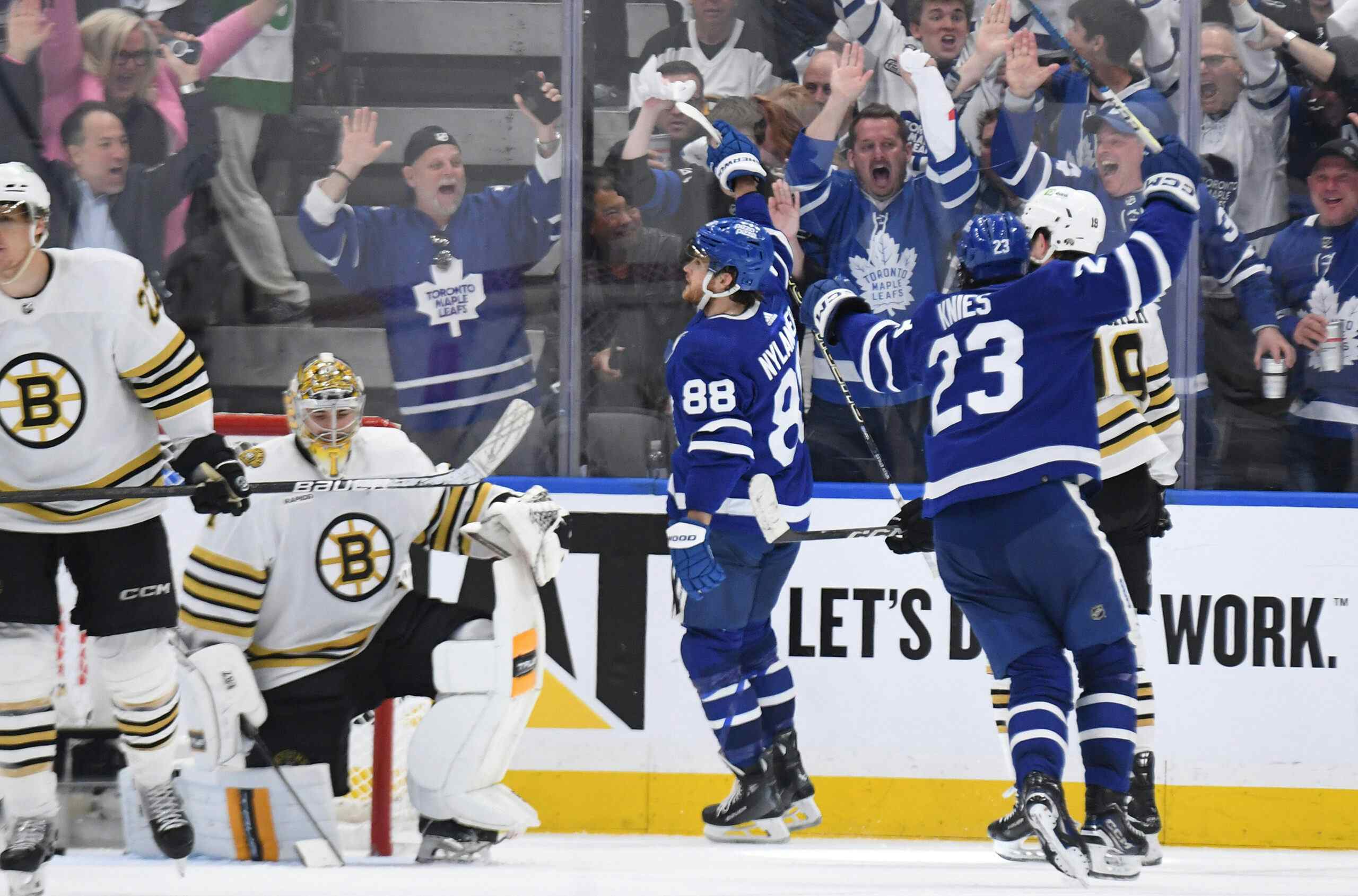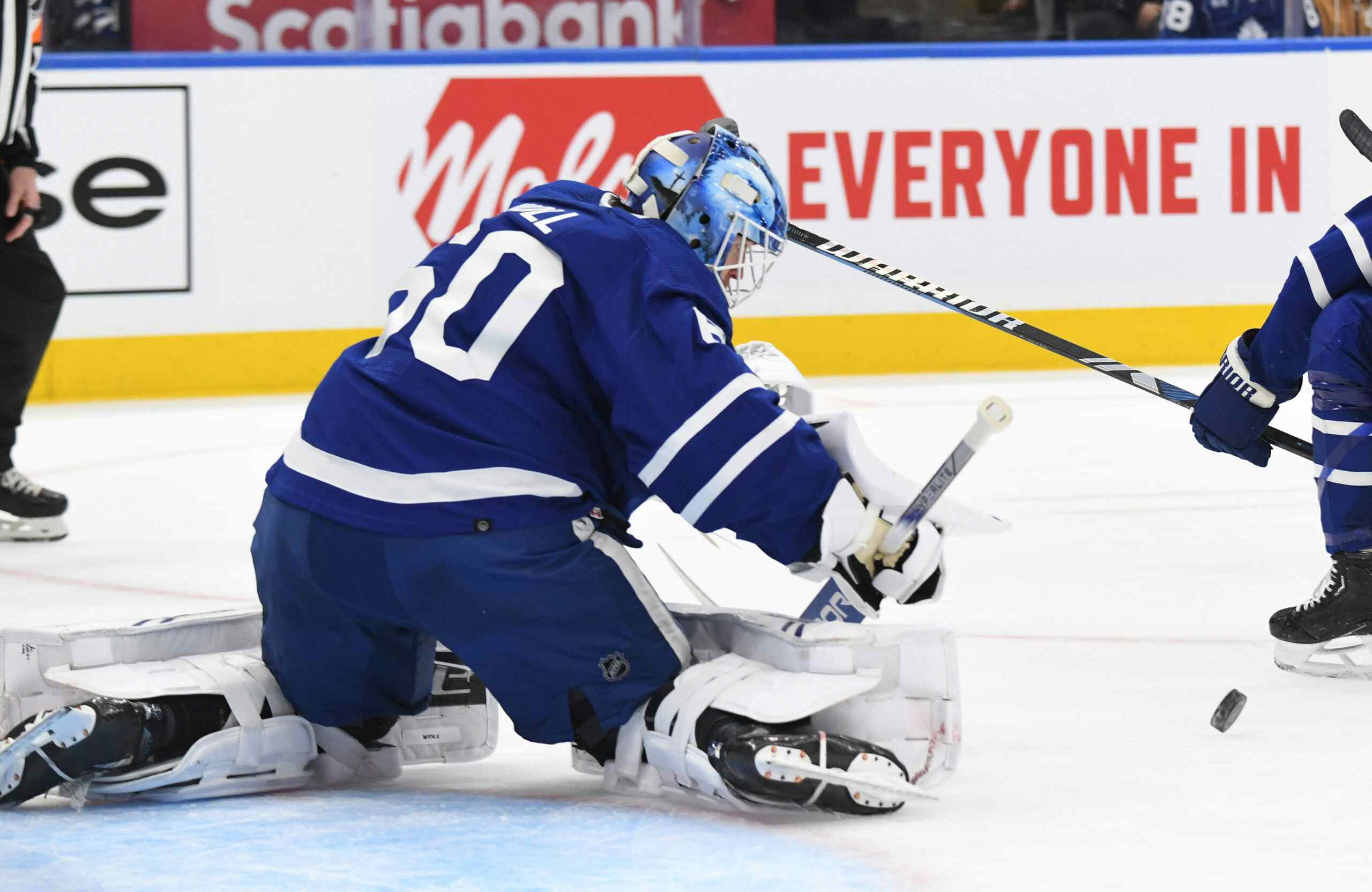Maple Leafs Face Reality With Centennial Classic Marketplace
By Greg Brady
7 years ago“Supply and demand” is a pretty simple concept that teachers in secondary school economics classes tried to instil upon us. It’s one of the most important things we should actually take away from our schooling as opposed to when to recognize an isosceles triangle or where Canada’s 6th Prime Minister was born (Sir Charles Tupper, in Amherst, Nova Scotia — I mean, everyone knows THAT.).
It can influence what you spend on a house, a car, and even why and where you spend your entertainment dollars. Sporting tickets are no different, as we all know. What creates a price point? Simply put, the amount of the commodity that’s available and the demand of buyers to acquire that particular commodity.
There has been so much debate about demand for sporting events in the city of Toronto in 2016. Strangely, you can make the case that there may not be a city on the planet in recent memory that’s crammed more into a calendar year than Toronto has, and it certainly won’t do so in 2017, 2018, or any year forthcoming.
Sure, Olympic hosts know as Vancouver in 2010, or Montreal in 1976, that it’s an overwhelming two weeks of sporting stimuli, but it’s all over before you know it, and soon there’s a recovery period, emotionally and economically. Toronto’s year has been quite a bit different, beginning with the NBA All-Star Game in mid-February, and basically leading to the first day of 2017 this Sunday, with this Red Wings/Maple Leafs outdoor extravaganza.
Bottom line, some sporting tickets have been hotter than fire — Raptors Conference Finals tickets, Toronto FC’s MLS Cup home game versus Seattle, and the return visit of the Blue Jays to the ALCS. Other events have struggled mightily and been at the mercy of the secondary ticket market, and even there, the only winners are the consumers who wait out the high prices and attend events for a fraction of the face valued tickets — easy to point to this year’s Grey Cup, The World Cup of Hockey, and some games of the World Juniors currently taking place in Toronto and Montreal.
I went to the USA/Russia game Thursday and loved every second of it — great sporting event, and hosting relatives and their kids who don’t take any sporting event at a world-class arena like the Air Canada Centre, made it even more special. I was able to buy eight tickets for only slightly less (about $35 Canadian/head to sit about five rows up in the 300s) than they would have been on Ticketmaster, but the venue was probably to 80-85 percent capacity, with teams that, next to Canada, could easily be considered between second and fourth for most-skilled in the tournament. That’s how the marketplace should work, with minimal fluctuation to a reasonably in-demand event.
The outdoor game this Sunday is another story entirely. Tickets can be found, tickets can be bought. It’s the one thing when the game was announced that people just didn’t think would be the case. As of this Friday morning, you can get any number of tickets together in the five most expensive price categories ($299-$399), and you can still grab multiple pairs together at $229. All before Ticketmaster takes their fair (???) share.
This is fascinating because it falls in the not-so-obvious category of explanation, and you could sit six different consumers of different adult ages and demographics, and they all might have a different “obvious” thesis for why sales have been so sluggish. But no one denies they are, and no one should think it isn’t at the core of a larger issue. Those issues can and do include the following, in my opinion:
1. Many Leafs fans went to the outdoor game in Ann Arbor on January 1st, 2014, and saw a storybook ending (well, if storybook endings involve the NHL-structured shootout) in a greatly historic college football stadium. Chances of that being replicated Sunday are slim. They just are.
2. Explanation #1 has an economic inference also. If you spent money on the tickets three years ago in Ann Arbor, and paid for the gas, and paid for the hotel, and did some New Year’s Eve celebrating overnight a little more excessively financially than you usually do, it was quite an investment. Now the Maple Leafs are knocking asking you to do it all over again.
3. The magic of the “outdoor game” is a little less magic in reality, than in theory. This is a very real thing. It isn’t like seeing an NFL game in the snow, or even a more-frigid-than-usual World Series game in a historic stadium. There are only so many good seats to watch hockey in stadiums given the dimensions of the rink. It’s cold, you’re miles away from the puck, washrooms and concessions are crowded, and your man-cave in the basement is so nice and warm, and the beer is just a touch cheaper, and there’s never a line for the bathroom. If your house features a line of 15-20 men standing behind you yelling for you to “hurry up and go” at the urinal, please, never invite me over.
4. The aforementioned Toronto sporting dollar only stretches so far. We all make economic choices with our income, regardless of our current circumstances, right? If the choice came down to World Junior gold medal game tickets, Blue Jays Opening Day or July 1st tickets, Raptors tickets near the court against the Cavs or Golden State, or saving for a (gulp!) Leafs first-round playoff game, how many non absolute diehards are spending $600 for a pair of tickets to sit outside on Sunday? My guess would be relatively few.
5. The hype of the “100th Year” NHL anniversary is virtually meaningless to draw consumers towards the product. This is true, I don’t care how big a hockey historian you are. I love the nostalgia and history of the sport. I have a puck collection of over 300 that needs a better place than in milk crates in my garage! I constantly get stuck down YouTube rabbit holes watching old NHL footage (hell, most sports footage from the 70s and 80s lures me in), but the 100th Anniversary of a sporting league? Who cares? So what? I was broadcasting for the BBC at Super Bowl 50 this past February in San Francisco and saw merchandise for the 50th Super Bowl snapped up by people left, right, and centre, inexplicably. Maybe that’s the marketing power of all things NFL, but there’s no league anniversary for the NHL that’s going to draw them in by the masses. That’s not a thing.
But let me add a sixth point that’s worth discussing: have the Maple Leafs as a whole, despite the brightness of the present and future, reached a moment in their history as a business entity, where there’s been a market correction on their value? Even in a city like Toronto, are the Maple Leafs as bulletproof as they once were? Think about their sporting competitors within the city limits. The Blue Jays have drawn amazingly well for the last few years — but they’ve been in “go for it” mode from basically 2013 onward, despite the results not developing until almost two-thirds of the way through the 2015 season. The Raptors are finally considered a “model” franchise in the NBA in terms of building a core, keeping that core, and being consistent winners. It did take 20 years, but this past spring shaking the “one playoff round won in 19 seasons” thing was vital. And Toronto FC finally repaid their loyal fanbase the past couple years with a star player in Sebastian Giovinco, a great captain in Michael Bradley, and made BMO Field a real destination point even on lazy Saturday afternoons in July when the three points up for grabs don’t necessarily seem critical, by any means.
So, it was one thing for the Maple Leafs to enter their post-lockout downward spiral when their sporting mates were lousy-to-mediocre and fan interest was apathetic-to-slightly-below average, but that’s not the case anymore and hasn’t been for about 24 months now. I moved to Toronto in late 2007, but growing up in London, Ontario, I obviously know the marketplace, know the history, and know the demographics involved, ever-changing as they might seem now. The Leafs were bottoming out that season (Maurice/JFJ fired, Wilson/Burke about to arrive), but every game was sold out, and tickets were still very hard to find, and certainly not for under face value for the most part.
But, the Leafs could easily claim the most fan interest, given where the Raps and Jays were. By 2009 (Roy Halladay’s final season), the Blue Jays would slip to 22nd in MLB in home attendance, whereas by 2009-10 (Chris Bosh’s final season), the Raptors had slipped to 14th. I’ll pretty much guarantee you the average ticket price for Blue Jays and Raptors games were nowhere near highest in their respective leagues, but the Maple Leafs, yep, as usual. In 2008-09, their first year without superstar Mats Sundin since 1993-94, the Leafs were Top 5 in attendance (smaller capacity than Chicago, Montreal, Detroit, or Philadelphia) and charged more than any other team on either side of the border for tickets.
The Leafs’ average ticket price in 2009 was $115.96 (CAD) and suffice to say, fans weren’t getting their money’s worth in terms of quality hockey or results that season, or any other subsequent to it. But ask around, and those who have season tickets for the Leafs or share plans with others will tell you, without hesitation, that tickets this season (and last, naturally) are a lot harder to pass off to others for face value. Sure, you’ll do fine if you have a Penguins or Canadiens game on a Saturday night, but try getting your cash back for Carolina on a Tuesday, or the Islanders on a Thursday. It’s real unlikely.
Is all of this related to why there are hundreds of tickets that are available for Sunday’s game? Sure, to some extent, yes. That’s how the economic laws work, but accompanied by the other five factors I listed, it’s quite interesting there’s the quantity of tickets available. Demographics change in major cities, no doubt. I’m a huge fan of live sports events, but I don’t have the time, energy, or voracity to go “all the time” like I’m sure I used to. My dad and I used to think nothing of a two-hour drive while living in London, either way to Toronto or Detroit to see a game. Leave at 3pm, game at 7pm, home by 1am. Lather, rinse, repeat. It’s not like that anymore for me, and maybe others are the same, and maybe the generation that followed is a lot happier at home, with their laptop handy, watching two games at once, or even two different sporting events at once.
I find it fascinating — can it be all about the face value of the tickets Sunday? The concert industry is thriving and tickets are more expensive than ever. Some have forecast doom and gloom for the movie theatre industry for years, but it’s doing just fine. People always like the experience of the seats, the trailers, the popcorn, the “being out” factor. Of course, this game is sold out within minutes if the most expensive ticket is $250 and the cheapest is $75. But MLSE and the Maple Leafs have stockholders to please and profit goals to reach (and I’m not being critical of that — it’s 2016) and aren’t about to be as benevolent as Ebenezer Scrooge was after his trio of ghosts paid their visit.
Either way, there could be some empty seats (rows of them?) Sunday afternoon that weren’t at all forecast when the game was first announced. If so, I wouldn’t put the blame at the feet of the Toronto sports consumer/Maple Leafs fan. If anything, applaud them for not being snowed under by hype about the game and letting said hype overrun their instincts for the laws of “supply and demand” still holding true.
Recent articles from Greg Brady





